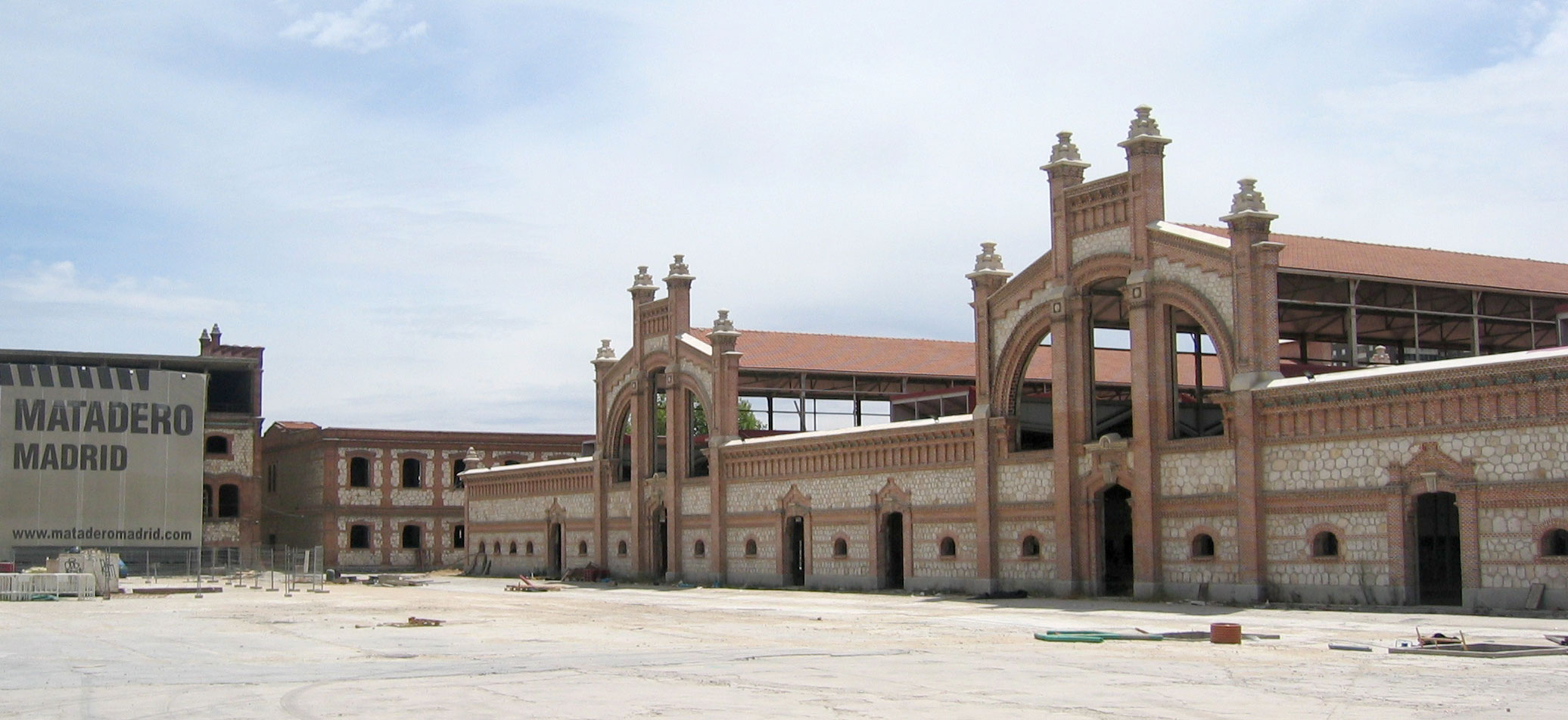In a world where borders have been – and remain – of great relevance, finding more reasons to fuel a segregating mentality can be very harmful. Spain and Britain’s relationship has been historically intertwined for centuries. So, to say that Spanish and British theatre are two distinct theatrical scenes would be the oversimplified answer, and to be quite frank, an easy cop-out. Having the opportunity to personally experience these two scenes has made me realise that there is only one major differentiating factor between them: language.
As a result of a growing technological world, cultures interact with each other seamlessly. I believe this is the case with Spanish and British theatre. In a postmodern interpretation of Tartuffe: The Imposter by Molière at El Teatro Infanta Isabel de Madrid this past August, the lines that separate Spanish and British theatre were blurred. Throughout the production, mixing Spanish and English – spanglish – was used for various humorous effects. The most memorable example being when a character suddenly asked a member of the audience: “¿Hola, perdone esta usted single?” (Hello, excuse me are you single?). Ultimately when the language barrier is removed, similarities become more obvious between these two theatrical scenes.
In theatre, there are many variables that determine the production’s outcome: the text, the interpretation, the theatre, the staging, the actors. When all these variables are similar to each other, whether the performance is in England or in Spain is irrelevant: the product is homogenous. Having seen El Matadero’s production of Hamlet in Madrid and London’s Blue Elephant Theatre adaptation of Dr. Faustus, reaffirms these parallels. When two small experimental theatres, with well-known actors and classical interpretations of canonical tragedies from the 16th and 17th century enact a performance, the results are analogous. These tragedies ensued a very bleak and ominous staging, where lights were dim, clothing was dark and sound effects menacing. Essentially, the country where the theatre is located in, is left a redundant factor.
With the current aftermath of the UK’s decision to leave the European Union, British cultural affairs will surely be affected. As a respondent of The Arts Council of England survey from 2016 succinctly puts it: “London and the UK thrive on a constant flow of EU colleagues – artists, producers, scholars”. Blocking this flow with barriers impacts on artistic quality and limits cross-border artistic collaboration. Places like the Cervantes theatre in London, which showcase Spanish plays in the language, epitomises this artistic mobility that is now being hindered. It is with no doubt that venues like these will be affected after Brexit. When international businesses realise the cost of staying in an EU free UK, they along with their wealth will relocate into a more profitable position.
Even in the face of Brexit, it seems that Spain is persisting to do worse than the UK in terms of culture. In 2012, Spain’s cultural IVA was increased from 10% to 21% by Mariano Rajoy and although this year the government has decided to reduce this percentage, this has yet to take effect. This cultural IVA is an indirect tax that affects the costs of production and sale of companies and bears on the prices that consumers pay for products (like film, concerts and theatre). Due to the these economic pressures, small venues have had to close down, such as the earlier mentioned El Matadero.
When approaching this topic – a contrast between Spanish and British theatre – the thought of them not having major differences did not occur to me until I sat down and wrote about it. It makes sense though, that there is not a hidden factor that makes Spanish theatre Spanish and British theatre British. Rather, a cultural framework surfaces on stage, making theatre today a great platform for cultural dialogues. It is this conversation that allow borders to come together and with the ongoing advancements of a constantly communicating world, borders become closer than ever. To differentiate theatre through a geographical scope is a thing of the past; theatre allows for cultural expression no matter its location.
Featured Image: Wikimedia Commons

